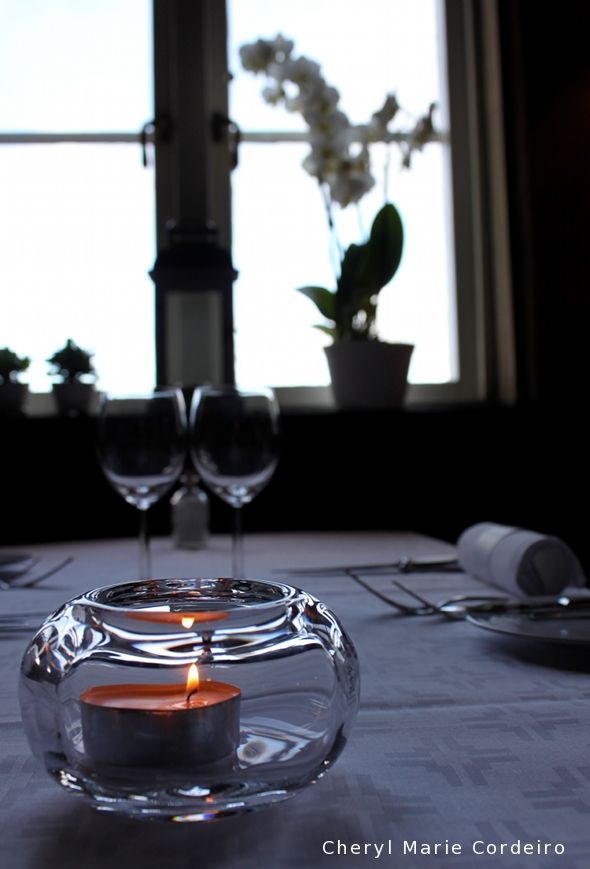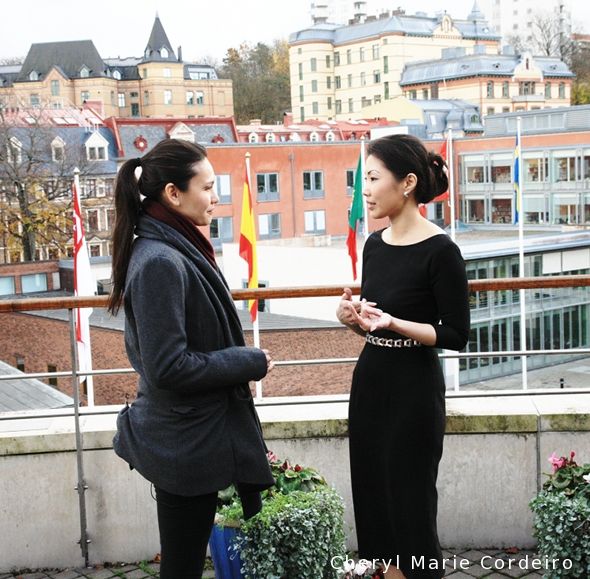
Eunice Elizabeth Olsen and Cheryl Marie Cordeiro, at the School of Business, Economics and Law at the University of Gothenburg.
Text & Photo © JE Nilsson, CM Cordeiro 2013
It had been more than a decade since I last met with former university mate, Ms. Eunice Olsen. And it was a phone call from Fredrik Stjernlöf of Houston Media AB that brought us together again after these years.
We share an array of similar events in our lives. We were both once Singapore representative delegates to the international Miss Universe pageant. Eunice represented the Republic of Singapore in Cyprus in 2000, whilst a year earlier in 1999, I was the country’s delegate to Trinidad & Tobago. We also shared a similar view on how beauty pageants can come with both a goodwill and an ambassadorial role if that is what you want to make out of it.
During the day, we took the opportunity to look into the multiple facets of the valuable relations of the past, present and future between Gothenburg, in Sweden, and Singapore, in Southeast-Asia.
To that end, I had some very kind and excellent help from both mentors and colleagues in making this day memorable, for which I am most grateful.
Outlining the last few hundred years of trade contacts with Asia
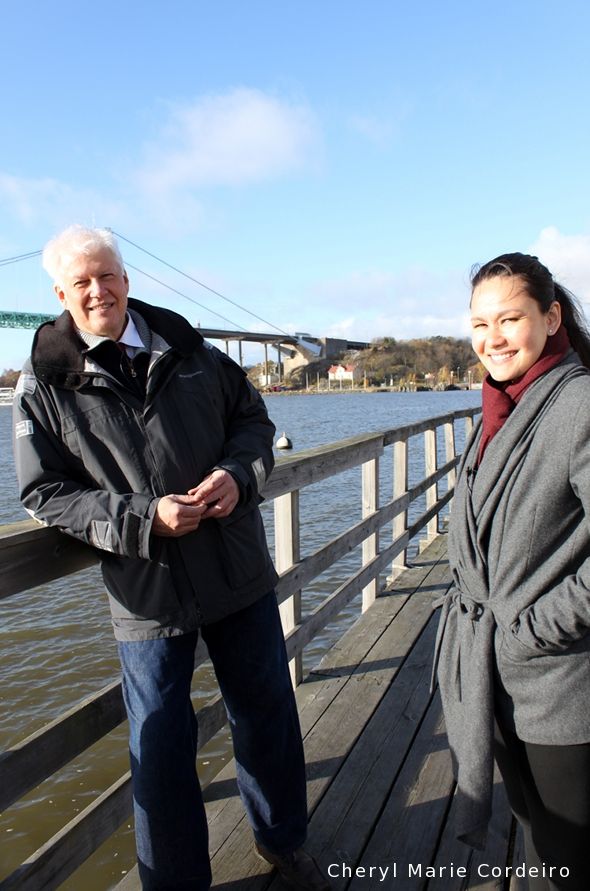
Jan-Erik Nilsson, co-founder of the Swedish East Indiaman Gotheborg III Ship project, with Eunice Olsen.
The natural place in Gothenburg from where to begin outlining the last few hundred years of trade relations with Asia and the world, is the Steam Boat Quay at the Klippan Maritime Center.
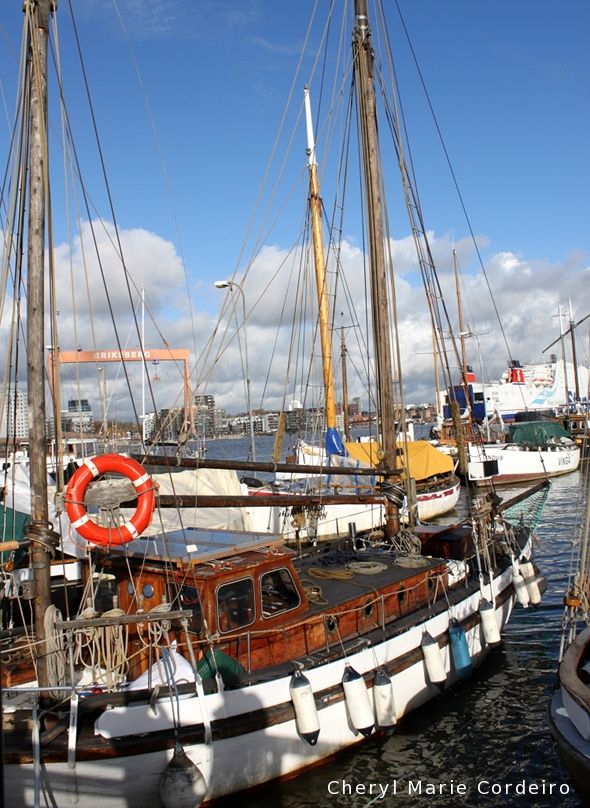
Just across the river at the former Eriksberg Shipyard, is also the very location where the East Indiaman Gotheborg sailing ship was built.
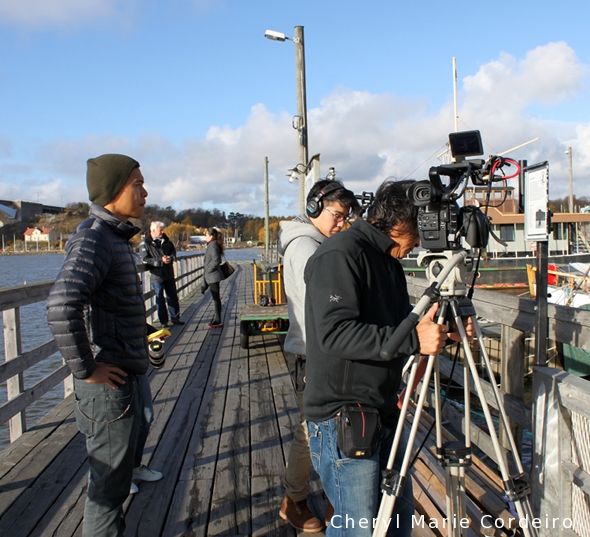
Out at the pier Jan-Erik Nilsson outlines the maritime and industrial history of western Sweden to Eunice Olsen.
From the 14th century and onwards this was the very location of Gothenburg’s first deep-water port. The nature reservation Slottsskogen and the nearby area known as Kungsladugård (the King’s Barnyard) were included in the properties of this castle. Eventually this inland fort was outdated and replaced with the New Älvsborg fortress on an island further out at the port entrance. Stones from the old fort were reused for the new one, however some remains have been preserved on a small nearby hill, still here to be seen.
In the 18th century the Swedish East India Company (SOIC) had its home port here since their large ships had too much draft to make it further up the river. At that time SOIC was Sweden’s largest trading company, which returned to right here at the Klippan from their adventurous voyages to Asia with porcelain, fabrics and exotic spices.
Many buildings from that time are still around. Some of the best known being the Ship’s Equipment Storage (Sjömagasinet) and the Anchor forge, both put to good use by one of the best restaurants in Sweden – Ulf Wagner and Gustav Trägårdh’s Guide Michelin Star restaurant, Sjömagasinet. A coincidence as good as any to make good use of, I felt.
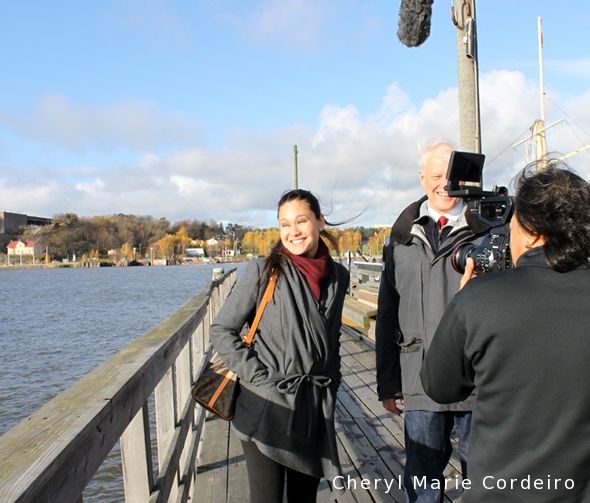
Eunice Olsen with Jan-Erik Nilsson at The Klippan Maritime Center, Gothenburg.
The industrial age of Sweden also pretty much began here in the 19th century when, in 1808, the German trader Abraham Robert Lorent erected a sugar mill and a porter brewery here at Klippan. The Lorent mill was later purchased by the Scotsman David Carnegie jr. Incidentally Carnegie Porter is still available in the shops today.
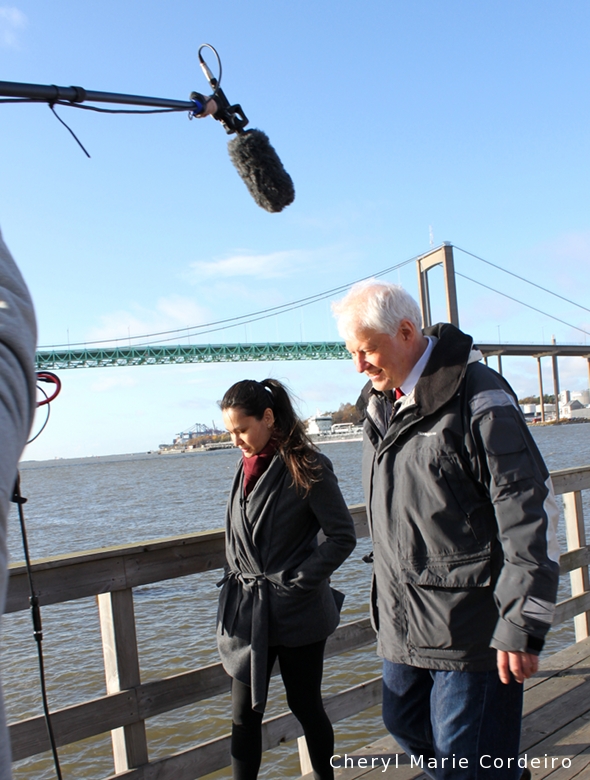
Basically walking on maritime history since this pier is built and resting on old sunken hulls of several old Swedish East Indiamen of the 18th century, at Klippan Maritime Center.
The School of Business, Economics and Law at the University of Gothenburg.

The School of Business, Economics and Law at the University of Gothenburg with four of six flags flown as a welcoming gesture to its guests and visitors from Singapore.
Considering our professional interests and backgrounds, it felt natural to invite Eunice to participate in a seminar with the Centre for International Business Studies (CIBS), headed by Professor Claes G. Alvstam at the School of Business, Economics and Law at the University of Gothenburg, the centre being an important oasis of knowledge in the specific field of international business and trade.
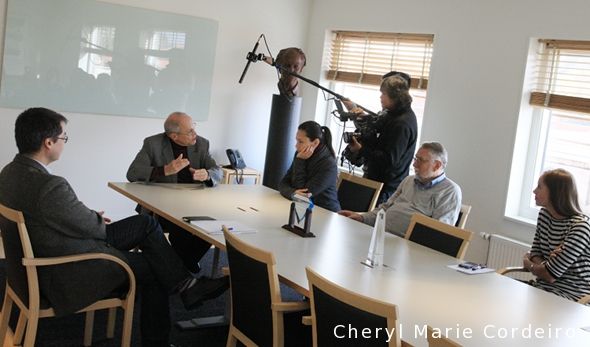
Professor Claes G. Alvstam, Director of the Centre for International Business Studies outlines the importance of Swedish and EU-Asian mercantile exchange in the past, present and future.
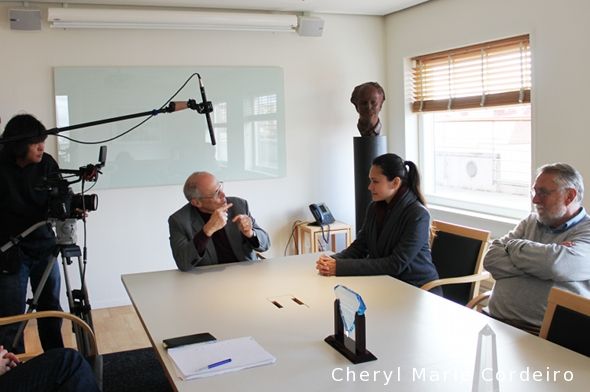
To the right, Professor Jan-Erik Vahlne, who pioneered the Uppsala Model of the internationalization of firms.
The general topic of discussion and exchange of ideas revolved around the significance of trade between the harbour cities of Gothenburg and Singapore, set within the broader historical context of early Swedish trade during the 1700s with Southeast-Asia and Asia, and how people migration was affected in those early years of Swedish internationalization by global trade.
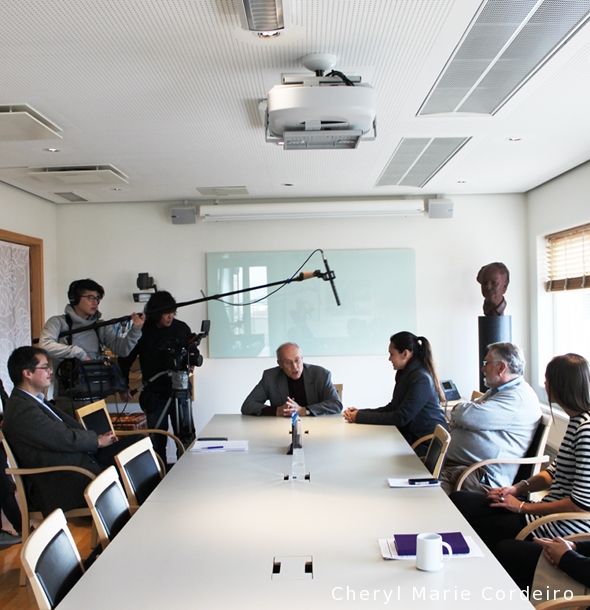
Sjömagasinet
A visit to the city of Gothenburg is not quite complete without a stop at this historically significant venue that was a former wharf of the Swedish East India trading ships .
Today the building houses the Guide Michelin awarded Sjömagasinet restaurant owned by Ulf Wagner and Gustav Trägårdh, renowned for its piscatorial Swedish west coast fare.
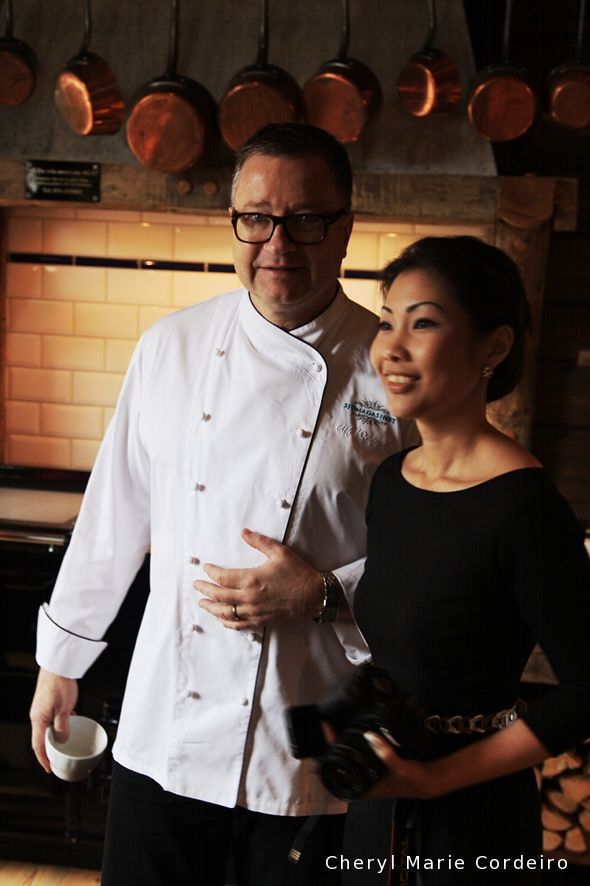
Ulf Wagner and Cheryl Marie Cordeiro.
Earlier this year in April, Ulf and his culinary team were on location at Singapore’s F1 Pit Building premises for the Singapore Culinary Festival, Savour 2013.
The Sjömagasinet entry got raving reviews for their delectable Swedish west coast fare such as cod with quail egg, and as Jaime Ee of The Business Times Singapore (April 13, 2013) describes, some “delicious slinky smooth fillet of white fish paired with sweet, barely-cooked shrimp in a dressing of prawn oil emulsified with butter and dill, and a crunchy, gnocci-like croquette with a hint of anchovy.”
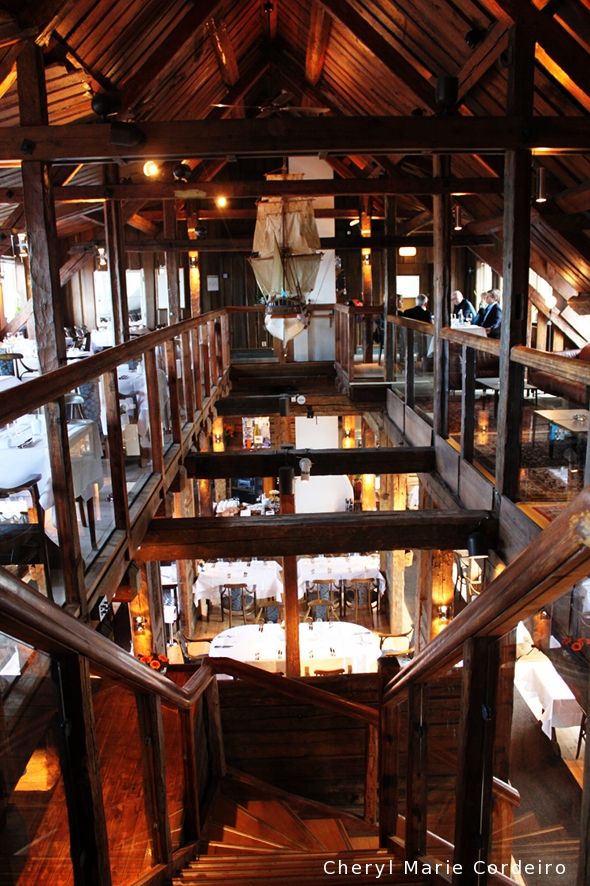
View from the second floor of Sjömagasinet with a model of a Swedish East Indiaman Gotheborg Ship suspended from the ceiling beams.
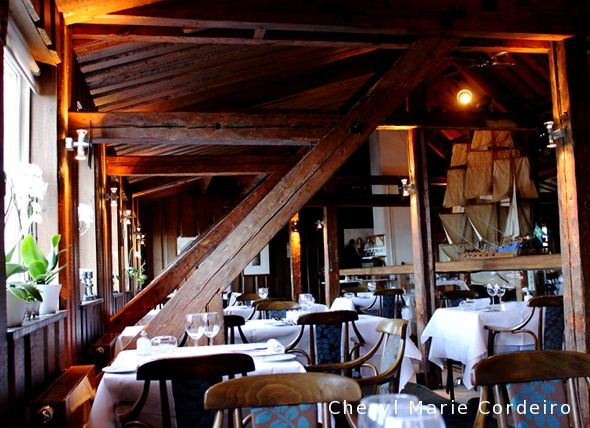
An unmatched setting for any history class.
Here under its panelled beams, you can sit quiet in the restaurant and let the open timber structure to the old 18th century interior of the East India Trade ships utensils storage seduce your senses. The warm wooden interior invite you back in time to when this building was used in its original purpose. Close your eyes and you might feel as if on-board of one of those ships. Open your eyes again, and you will be pretty much as far as you could possibly get the from the ship’s cuisine of that time and age.
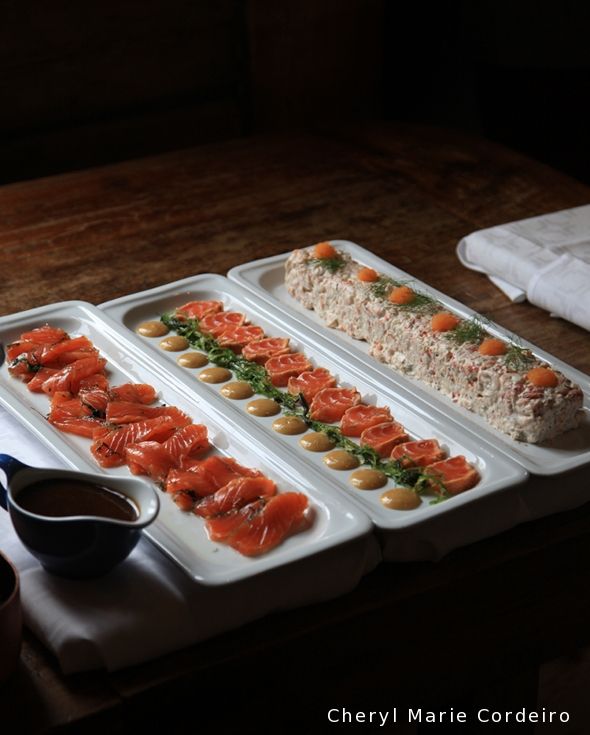
A delicatessen buffet, presented as a starter for lunch, by Ulf Wagner at Sjömagasinet.
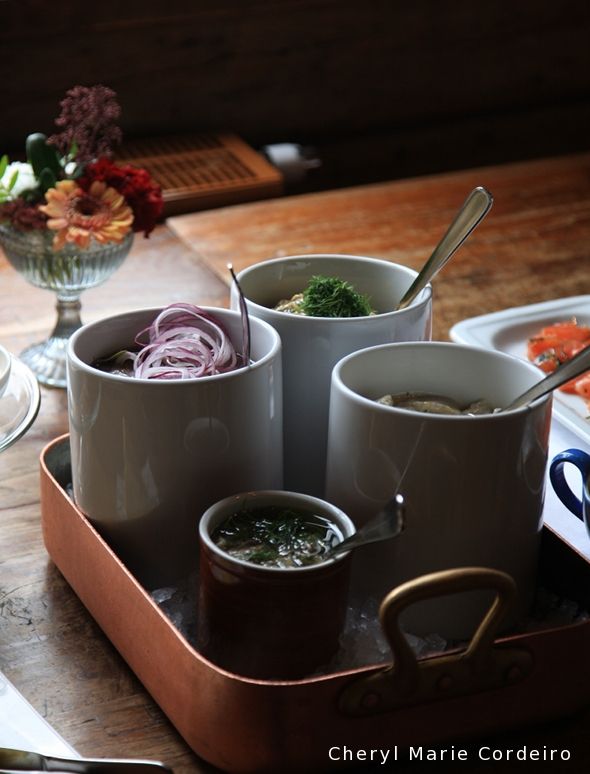
Assorted sides.
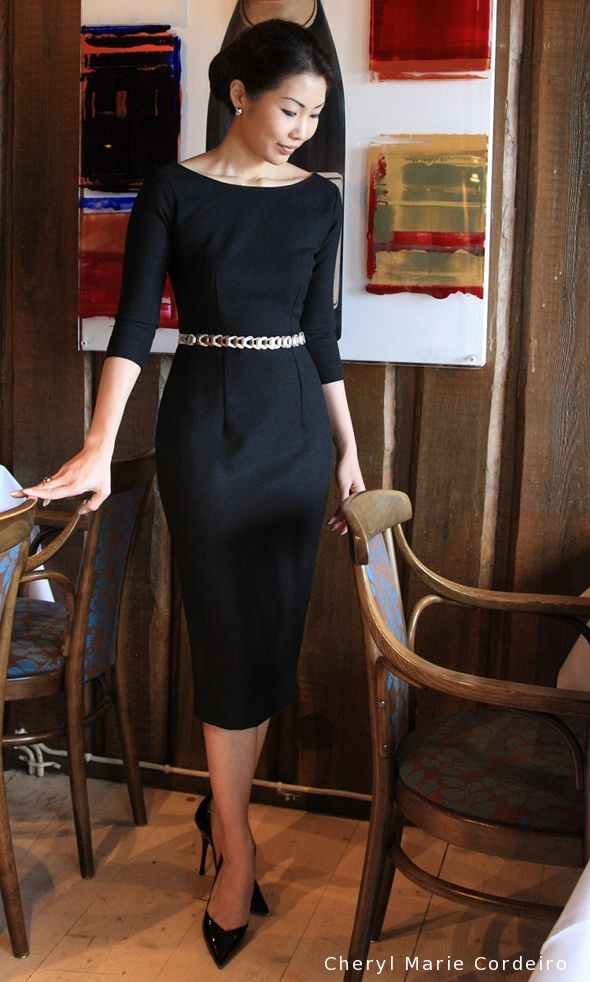
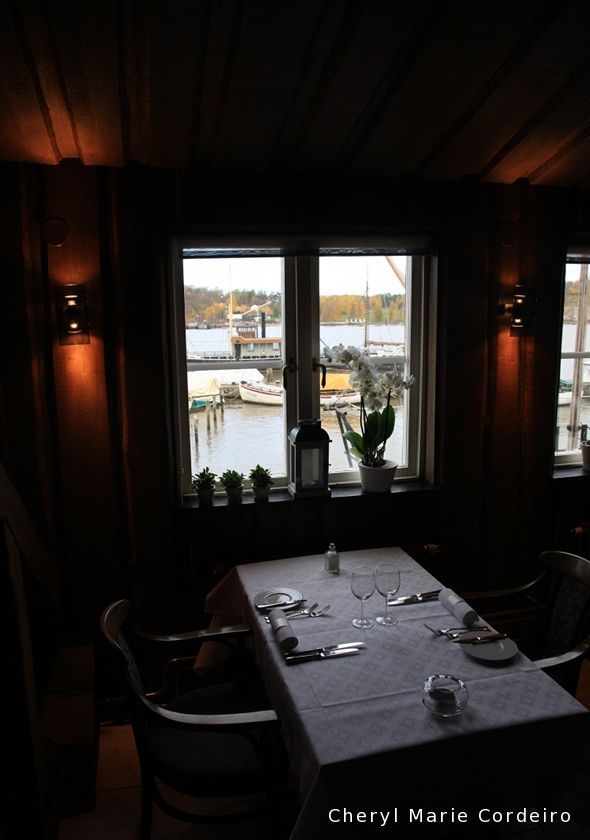
Göta River view from Sjömagasinet.
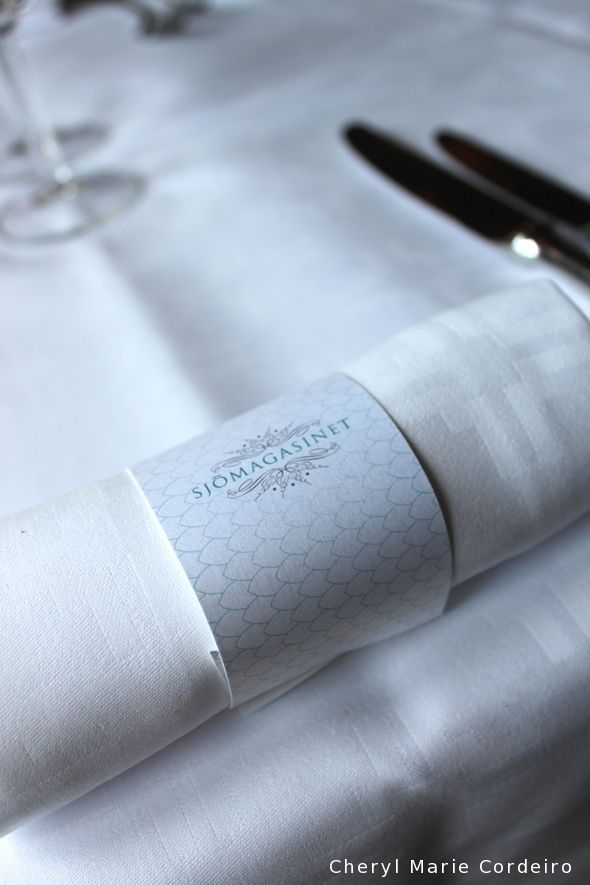
Sjömagasinet – linen table cloths and serviettes.
Quality and attention to details are the hallmarks of good restaurants as well as the way to keep a good ship safe and ready to sail. Somehow everything about trade, shipping and international business comes together here in one happy union.
